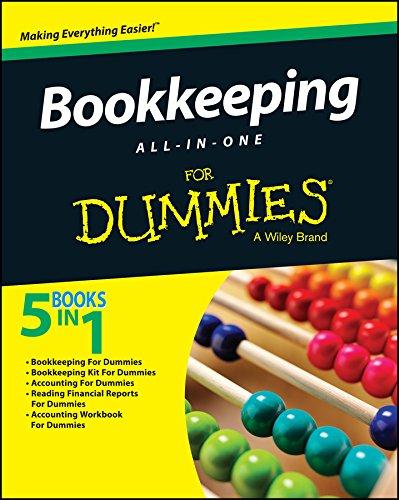Top is information and bottom is what I need help with
Home Insert Page Layout Formulas Data Review View Quick Stark Supplies Inc. G178 Balance Sheet As at December 31, 2020 Assets Click to add header Current Assets Cash $266,000 Accounts Receivable 180,000 Prepaid Insurance 45,000 Inventory 86,000 Current Assets $577,000 Non-Current Assets Property, Plant & Equipment 460,000 Accumulated Depreciation -210,000 Lannister Electric was able to find financial statements of another company, Stark Supplies Inc., that Total Non-Current Assets 250,000 operates in the same industry. The income statement and balance sheet of this company is shown below. Total Assets 5827.000 Stark Supplies Inc. Liabilities Income Statement For the Year Ended December 31, 2020 Current Liabilities Sales Revenue 5880,000 Accounts Payable 81,700 Less Cost of Goods Sold 352,000 Unearned Revenue 39,000 Gross Profit 528,000 Total Current Liabilities $120,700 Non-Current Liabilities Operating Expenses Bank Loan 80.000 Operating Expenses $397,000 Total Non-Current Liabilities 521,000 80.000 Interest Expense Depreciation Expense Total Liabilities 16,000 200,700 Total Operating Expenses 434.000 Income from Operations 94,000 Shareholders' Equity Income Tax Expense Net Income 26,320 Common Shares 140,000 67,680 Retained Earnings 486.300 Total Shareholders' Equity 626 300 Liabilities & Shareholders' Equity 5827.000 3178 fx Click to add header Using the income statement and balance sheet from Lannister Electric and Stark Supplies, calculate t appropriate ratios to determine which company is doing better in the categories listed below. For rat Click to add header that use averages of two years, just use the single value given in the statement. Round all ratios to 2 decimal places. Write your explanations in the textbox. c) management performance (DSO, A/R turnover, inventory days on hand, inventory turnover) profitability (gross profit margin, EBIT to sales, interest coverage, net profit margin, ROE, ROA) d) Analyze and compare the performance of the two companies using at least two ratios from each category. (The analysis is not expected to exceed 250 words). b) liquidity (current ratio, quick ratio, debt-to-equity)







